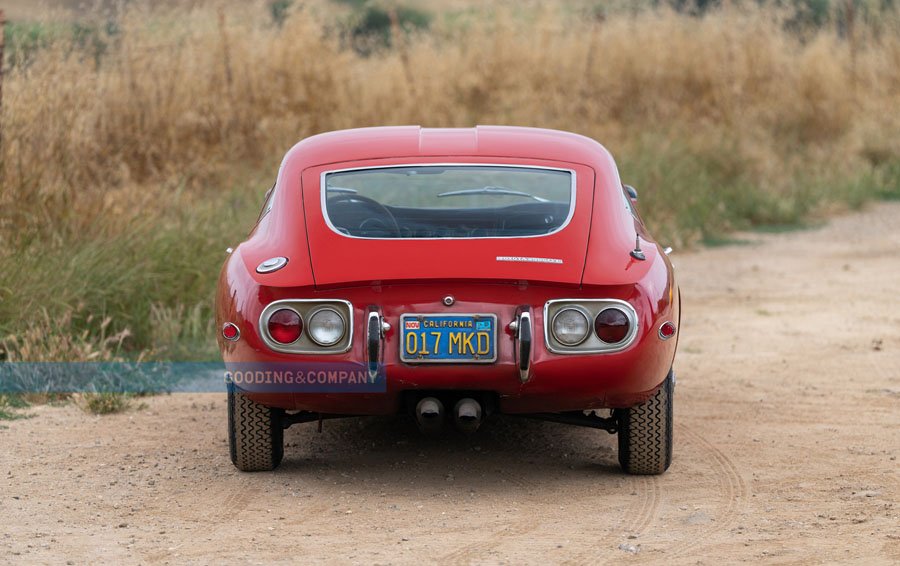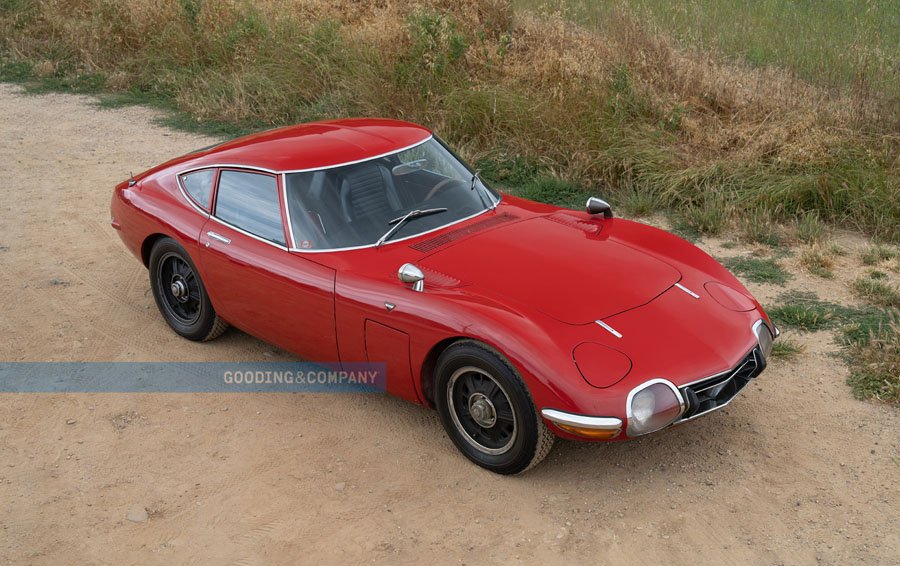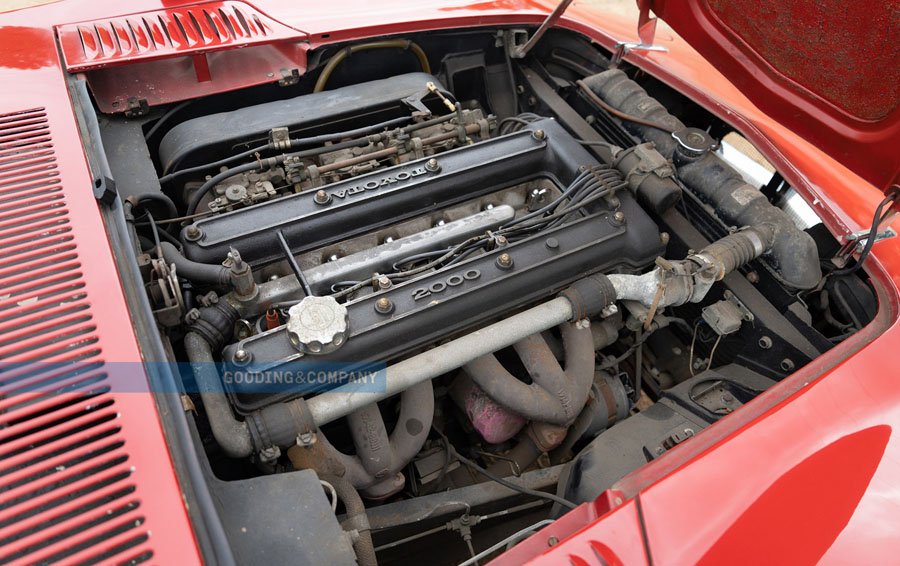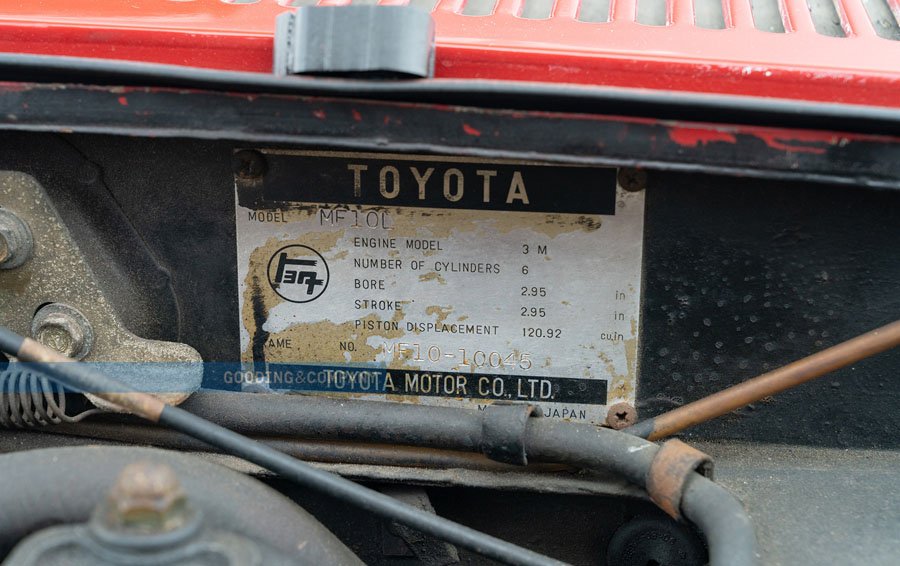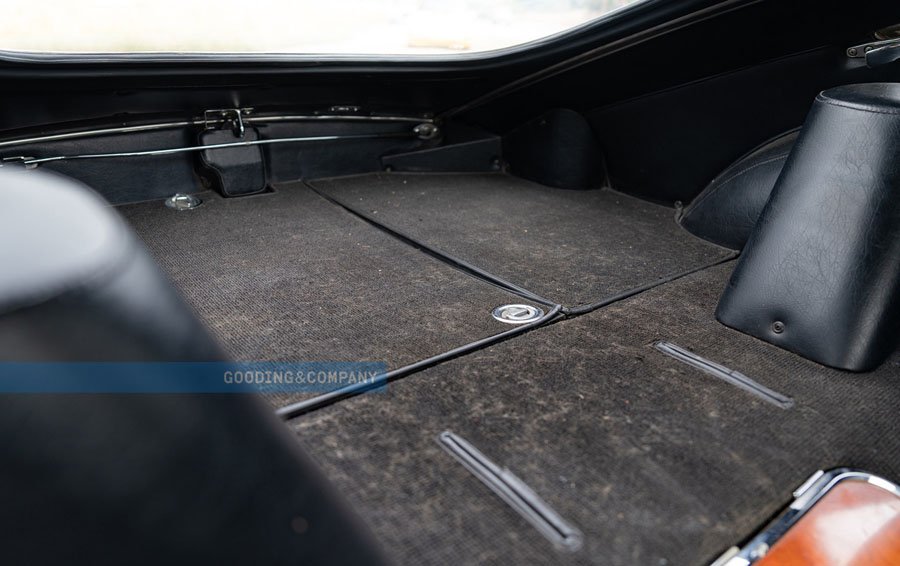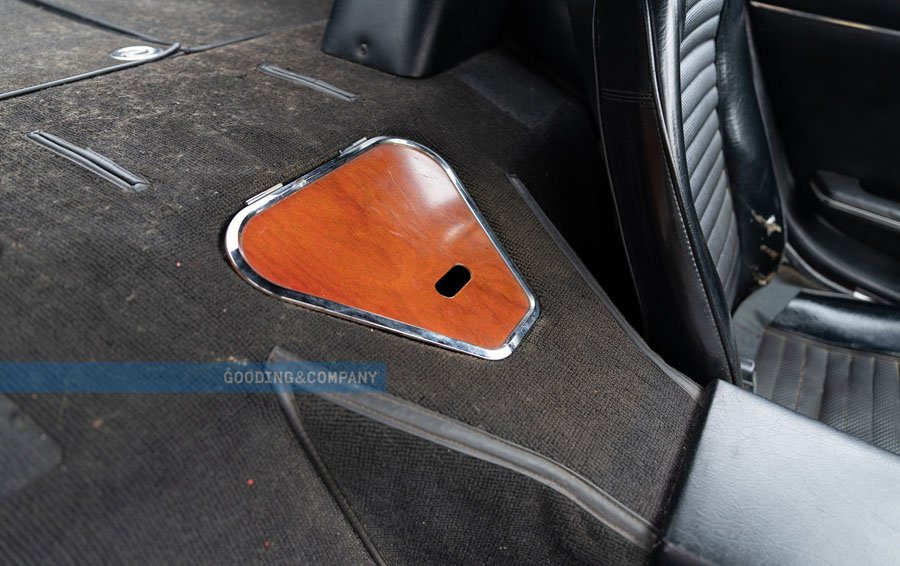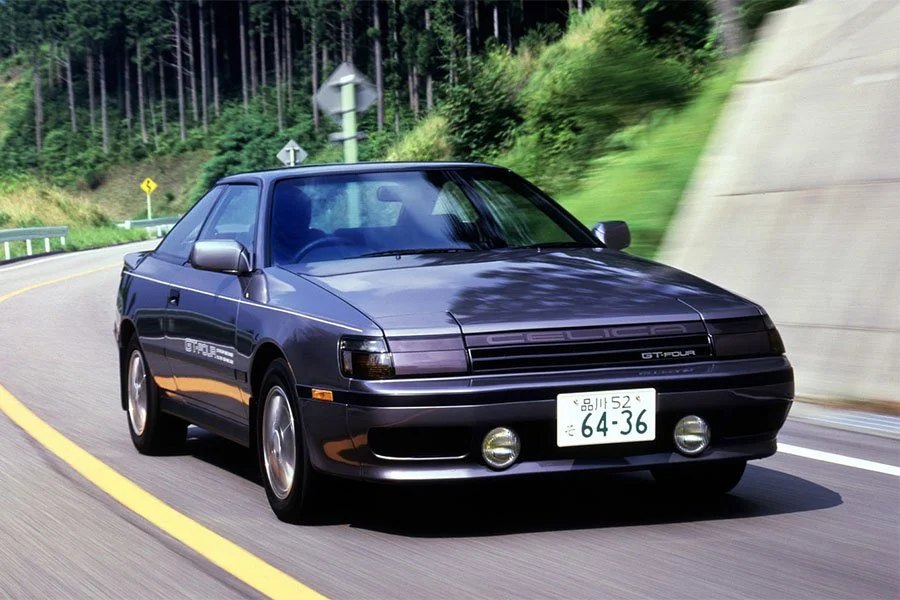One to Buy: unrestored single owner for 45 years Solar Red 1967 Toyota 2000 GT
/ Ben Tyer
Toyota’s 2000 GT represented the first attempt to build a high-end production sports car by a Japanese manufacturer.
Powered by a dual overhead cam 150bhp two-litre straight six, the 2000 GT was based on a Lotus-style backbone chassis with double wishbone suspension, anti-roll bars and disc brakes all around. The advanced underpinnings were draped in a low slung Fastback body fashioned entirely from aluminium with quintessential Japanese detailing throughout.

Unfortunately, Toyota never came close to reaching their production target for the 2000 GT and ultimately just 341-342 were completed.
Set to go under the hammer with Gooding & Company at their Pebble Beach auctions scheduled for August 18th and 19th is the third of 98 cars built in left-hand drive.

Completed in July 1967, chassis MF10-10045 was configured in Solar Red with standard black vinyl interior. Almost certainly one of the earliest 2000 GTs to arrive in the US, it was delivered via the Toyota dealer in Fort Worth, Texas, to local resident, James Minton.
In 1977, the 2000 GT passed to Japanese car enthusiast Frank Takemoto who retained ownership for the next 45 years.
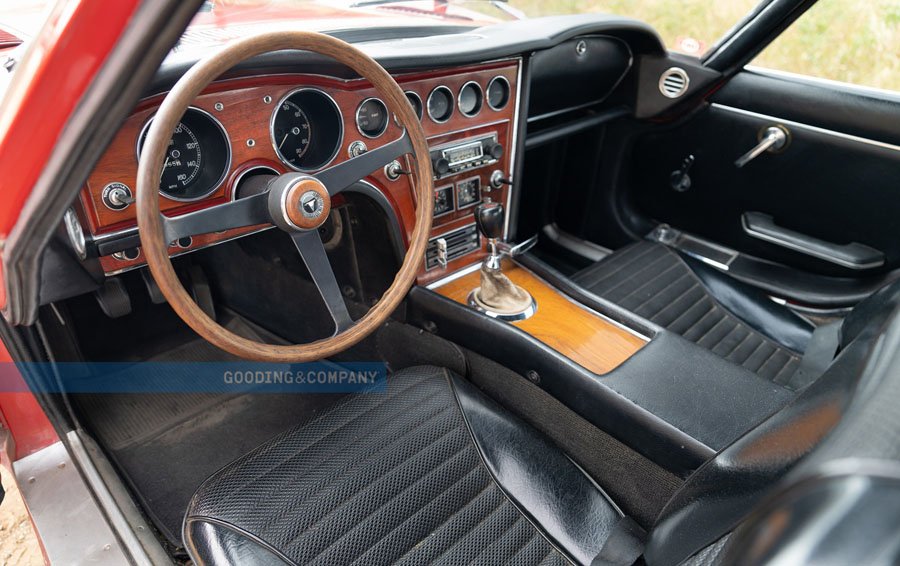
Today the unrestored chassis 10045 is showing less than 41,000 miles and is said to appear quite original and intact throughout.






